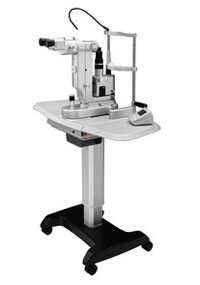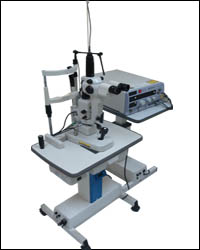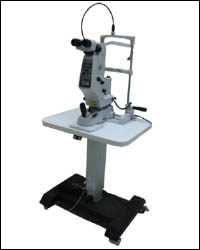| SLT photoregeneration is an effective, repeatable, non-invasive laser technique for stimulating the generation of healthy trabecular meshwork cells and managing intraocular pressure (IOP). This repeatable, non-invasive treatment promotes cellular regeneration without the burn and scar tissue associated with other laser procedures. |
| |
| SLT is a non-thermal treatment that uses short pulses of relatively low-energy, 532 nm light to target and irradiate melanin-rich cells in the trabecular meshwork (TM). The laser pulses affect only these melanin-containing cells, and the surrounding structure of the TM is unaffected. The body’s response is to release macrophages that clear the affected cells and rebuild the meshwork with increased porosity. As its normal function is restored, IOP is reduced. |
| |
| SLT works by a process known as selective photothermolysis, which refers to the absorption of energy by a chromophore in a period of time below its thermal relaxation time, or the amount of time it takes for the heat absorbed during a laser pulse to dissipate. Because the short, three-nanosecond pulse duration of SLT is well below the one-microsecond TRT of trabecular meshwork tissue, heat does not disseminate outside the affected cell, and the TM architecture is preserved. |
| |
| SLT was developed specifically as a treatment for the reduction of IOP in patients suffering from open-angle glaucoma (OAG) by Mark Latina, MD, Associate Clinical Professor of Ophthalmology at Tufts University in Boston, in collaboration with Massachusetts General Hospital. It was cleared by the U.S. Food and Drug Administration (FDA) in March 2001. |
|
 |




 عربي
عربي


















